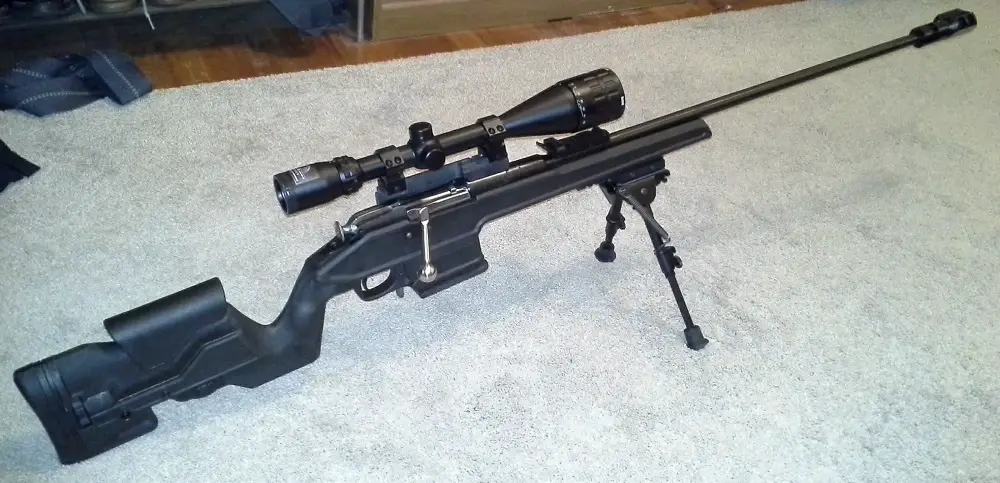Show Notes:
Hunting in the rain is not something to be avoided, it can be a great time to hunt. But you need to adjust your plans if there is significant rain in the forecast in order to be effective and comfortable. In this episode I talk about a recent cold rainy hunt that was successful, and how you can plan to hunt effectively in the rain.
Take Aways:
- People often ask the questions “Are deer active in the rain? Do they still move around?” The answer to both is yes, very much. In all but torrential rain, deer continue to move, eat, and socialize. The rain does not seem to bother them at all. In fact because there is less light and its easier to move without making noise, deer may be more active on rainy days, throughout the day, and they may be less on guard.
- The biggest benefit to hunting in the rain is very fewer other hunters will be out. You can have a lot more privacy and better chance at taking a deer. Normally I see half a dozen hunters on opening day where I plan to hunt, sometimes I can see them from my tree stand. This year it rained a lot and I did not see a single other hunter. I did see a lot of deer and I took one home.
- If you are hunting in the rain, especially the cold rain, you must stay dry. This can be accomplished with a rain suit, umbrella, ground blind, or similar approach. Be sure to wear extra layers so you can stay warm if you get wet from the rain or sweat.
- Do not hunt with an umbrella in hand. You can use an umbrella to make it through downpours, but you cannot hunt while you are holding one. Umbrellas are easy to see and amplify your movement. And you cannot hold one and fire a rifle or a bow at the same time. You risk giving yourself away or dropping something.
- They make umbrellas that attach to trees which can work while tree hunting but do not use those for ground hunting, deer will more easily spot them while on the ground.
- A ground blind may be the best way to hunt in significant rain, it is basically a camo tent. Consider setting one up before the season starts so you have a comfortable way to hunt if the weather is bad.
- No matter how you choose to hunt, always have a backup plan for rain. Know what you will do if a lot of rain is in the forecast so you can make use of this great hunting opportunity.

